Should you buy an OLED TV?
Yes, you probably should! But which one...?
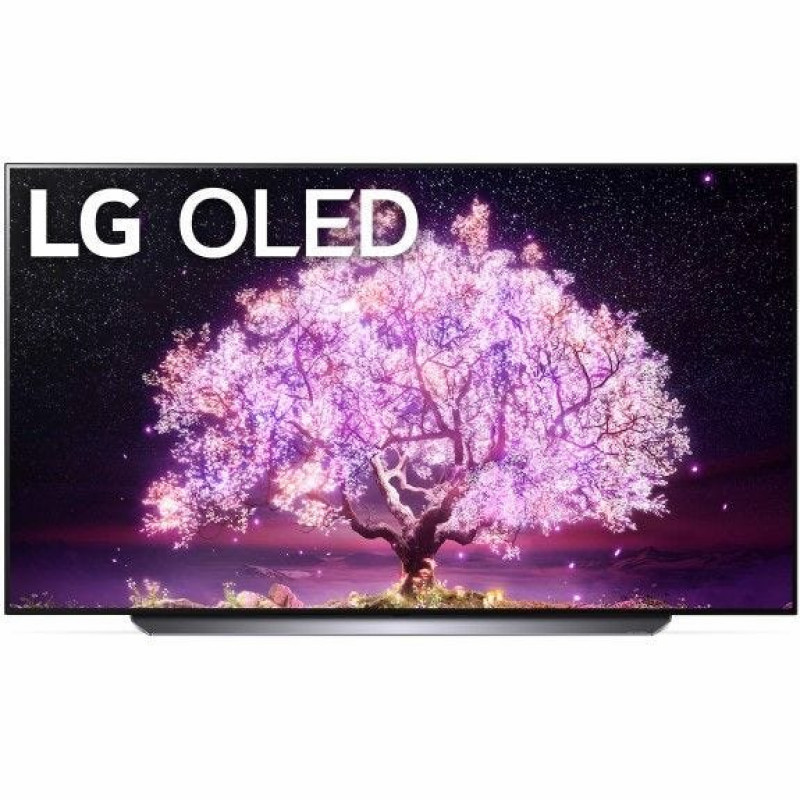
If you're mulling over a new TV and hoping to upgrade to a panel with vibrant colours and exceptional contrast, then you're probably eyeing up a move to OLED, a screen technology synonymous with excellent picture quality.
But should you take the plunge on an OLED TV? The answer is, broadly, yes. Although just because OLED technology has garnered a stellar reputation doesn't mean you should simply click 'buy' on any old OLED and assume you're getting a great TV at a great price.
Instead, you should do your research, create a shortlist of models, set yourself a price limit and keep an eye out for the right prices to appear. If they don't, don't panic buy: a good TV is an investment you'll be living with for years, so it's essential that you get the right model and size at the right price. And we're here to help on all counts - below you'll find a round-up of our favourite models from this year along with the very latest, lowest prices.
What is OLED?
OLED (Organic Light-Emitting Diode) is a type of TV display that uses an organic carbon-based film through which two conductors pass a current, causing it to emit light. To produce an image, an OLED TV combines blue and yellow light from OLED sources to create almost white light. This is then passed through a colour filter made up of red, blue and green subpixels.
Unlike traditional LCD TVs, which rely on a separate backlight that’s then passed through a layer of pixels, each individual pixel in an OLED can take care of both brightness and image creation. Because each pixel is its own light source and can be completely blacked out if need be, this means that a bright pixel can appear next to one that’s black with neither impacting the other, creating the outstanding overall contrast for which OLEDs are rightly renowned.
And that’s not the only benefit. Because the image doesn’t need to pass through an LCD matrix, viewing angles are wide, while the overall build of an OLED TV is thin and light because of its simple structure.
Currently, LG is the only manufacturer of OLED TV panels. Of course, it uses these for its own sets, but it also sells panels to other manufacturers such as Sony, Panasonic, and Philips. These companies each supplement this with in-house processing and, despite starting with the same screen material, this can yield dramatically different results. It’s essential to do a bit of background reading so that you know which brands have maximised the performance of their panels and pixels before you spend your pounds.
Should you buy the Philips OLED806?
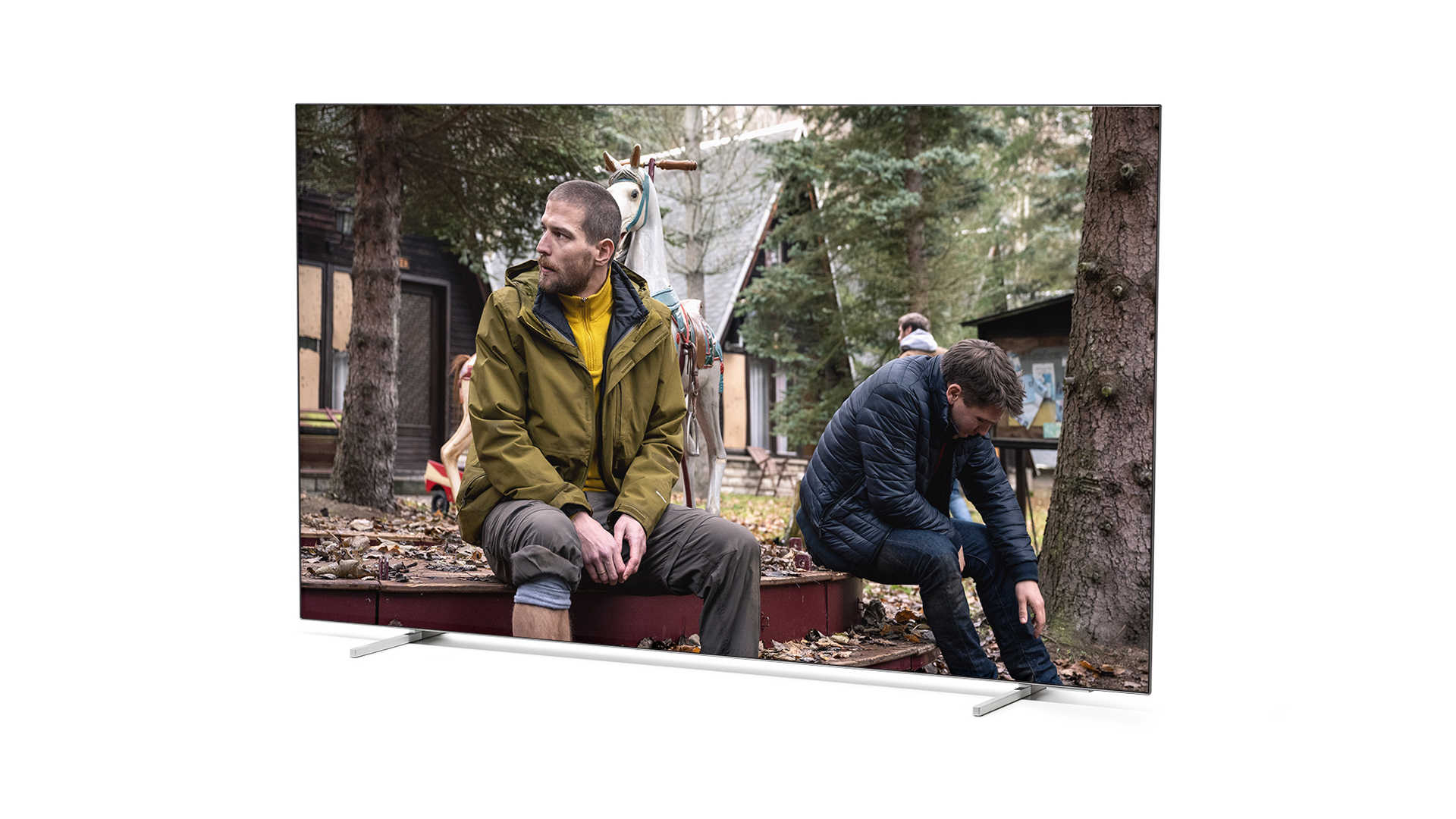
Hands-down, our favourite OLED TV around right now is the Philips 48OLED806, which, in a world of ever-larger screen sizes, remains a beacon of hope for those with more modest needs.
It's only in the last year or so that 48-inch OLED TVs have become available, and that means true flagship TV performance is available below 55-inches for the first time in a long time (LCD TVs, including QLEDs, have their specs downgraded when they're shrunk down to similar sizes).
You might have a smaller living space, or want a great gaming TV, a screen for the bedroom, or perhaps the 48-inch option is a compromise with your less AV-enthusiastic housemate. Whatever the situation, the 48-inch OLED is an excellent choice, and the Philips 48OLED806 is the best 48-inch OLED you can currently buy.
It takes more effort than most to find the best picture settings, but with a bit of tweaking, the OLED806 can be made to look both very accurate and supremely sharp and punchy. The performance is further enhanced by the beautiful Ambilight technology, which extends the onscreen action to the wall around the TV in the form of coloured light.
Last year’s Philips OLEDs (OLED805), while generally excellent, were notably lacking next-gen gaming features, but that isn’t the case with the OLED806, which has two 48Gbps HDMI 2.1 sockets that support 4K@120Hz, Variable Refresh Rate and Auto Low Latency Mode. Input lag is very low, at around 14ms, and there’s an HGiG picture setting for more accurate HDR tone mapping.
All told, the 48OLED806 is a superb TV choice, and the 65-inch version is brilliant, too. You’ll also see the latest, lowest prices for all versions of the OLED806 (it’s also available in 55-inch and 77-inch sizes) if you scroll just a tiny bit further.
Read the full Philips 48OLED806 review
Read the full Philips 65OLED806 review
Should you buy the LG C1?
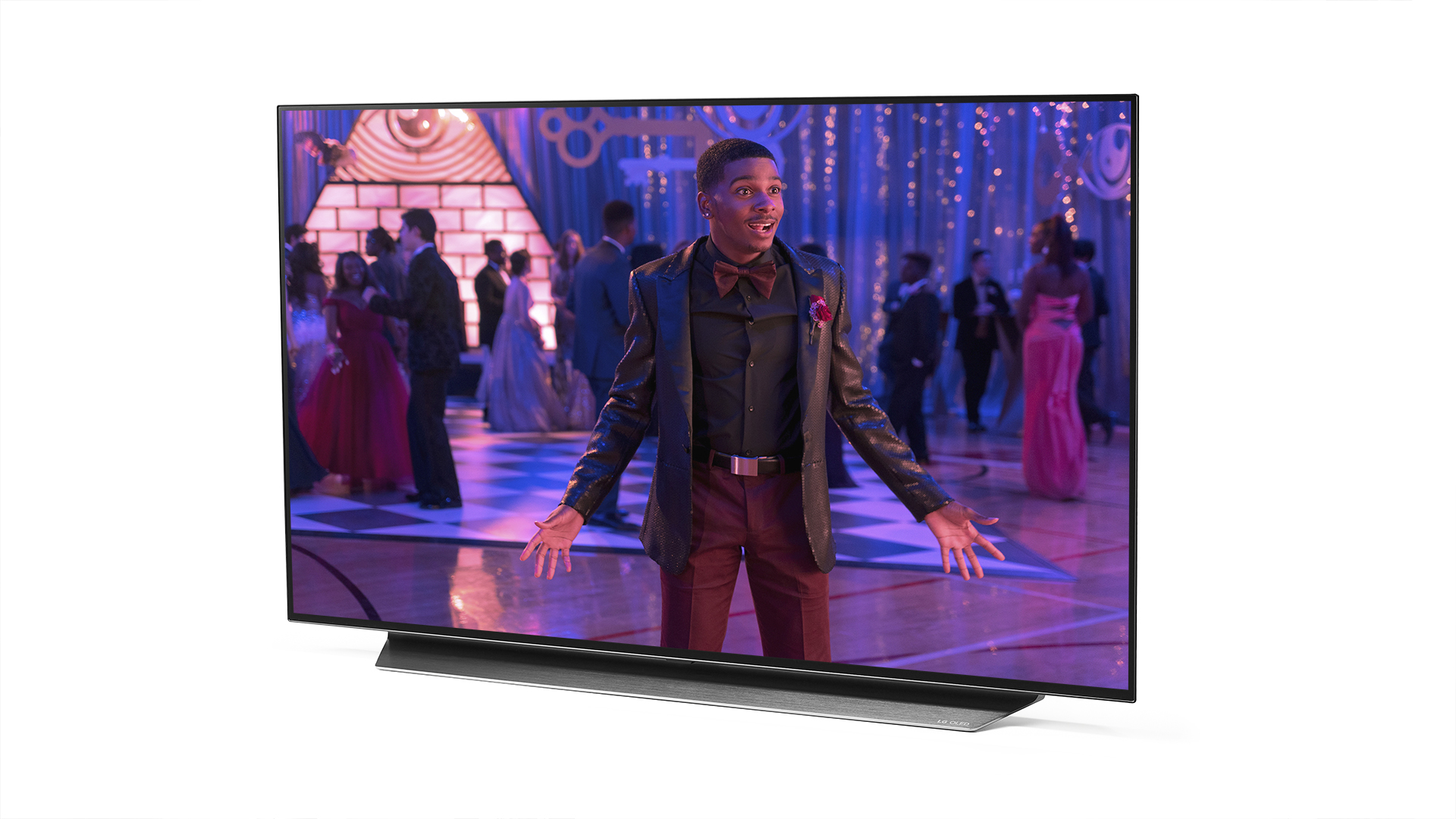
LG is well known for its high-quality OLEDs, which, when combined with its aggressive pricing, can make for some excellent bargains that won’t leave you with buyer's remorse.
LG’s C-series model has been the go-to pick of its OLED range for several years. It has always been the most affordable model with the company’s best panel and picture processing wizardry. Spending more would get you a fancier design and potentially better sound, but the picture would be no different.
That’s not the case in 2021. LG has introduced a new, brighter and sharper ‘OLED Evo’ panel, and the C1 doesn’t have it.
With so much of the focus on the upgraded G1, it’s perhaps predictable that the C1 isn’t much of an improvement on its predecessor, but there wasn’t much that needed improving.
The G1’s picture is undeniably better in terms of brightness, sharpness and detail, but we’re not talking huge margins, and most people will struggle to justify the extra money being charged for it, particularly when the niche design and weaker sound are taken into account.
Ultimately, in performance-per-pound terms, the C1 is the better buy. It’s one of the most recommendable TVs available right now.
We’ve now tested the C1 in its 48-inch and 65-inch sizes, and both are brilliant. It’s also available as a 55-inch, 77-inch and 83-inch model. We’ve not yet reviewed these versions, but you’ll see the latest, lowest prices for all sizes below.
Read the full LG OLED48C1 review
Read the full LG OLED65C1 review
Should you buy the Sony A80J?
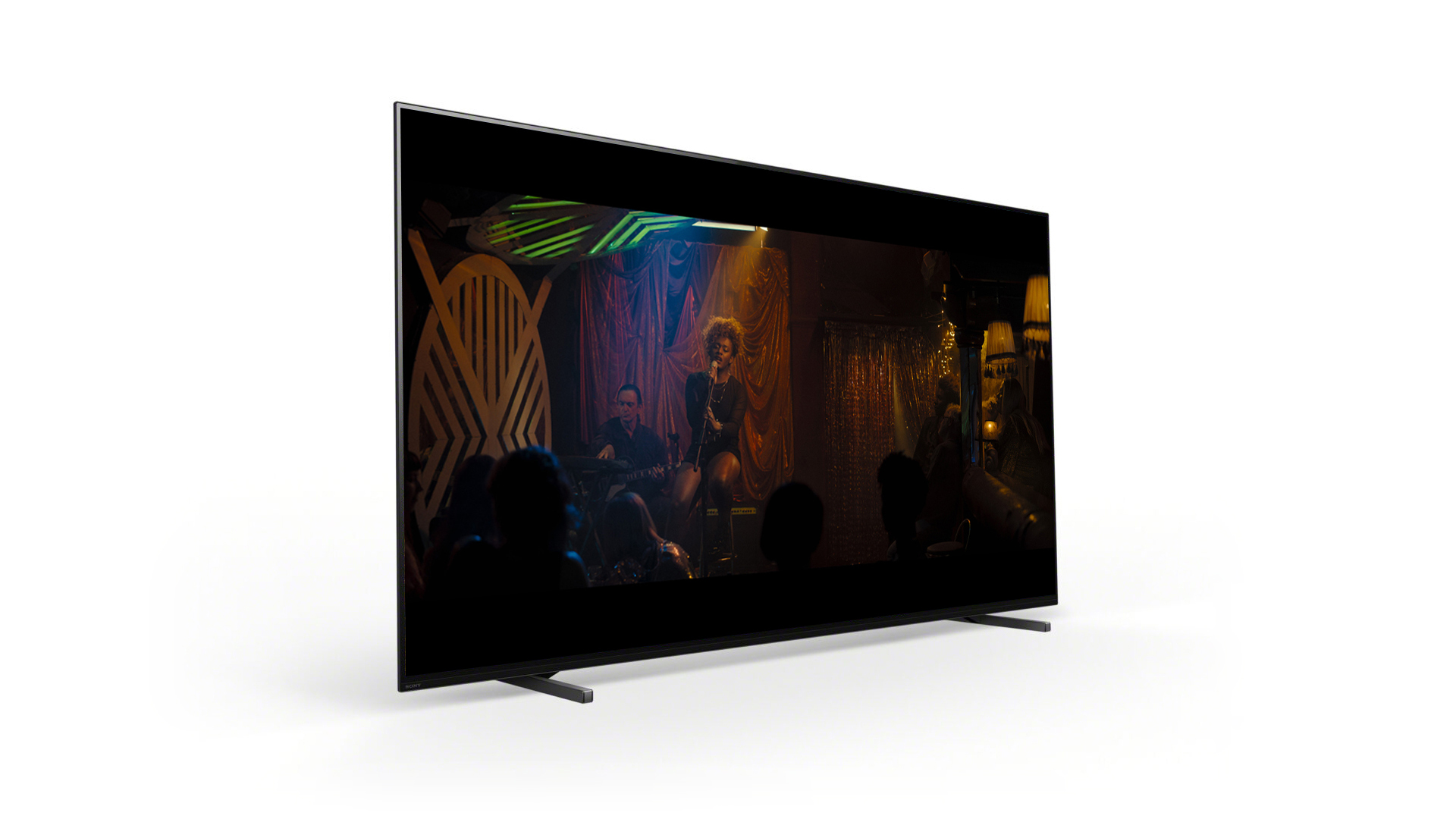
While Sony’s OLEDs are highly regarded, it’s typically hard to justify buying one over a rival LG. Historically, Sony has a more authentic picture and better sound but is also a step behind on features and usability – and at least a level or two more expensive at full price.
But this year, Sony produced not one but two TVs with most of those previously missing features, as well as a more satisfying user experience, and a unique, high-quality movie streaming app, all while raising the picture and sound quality to even greater heights.
The A80J shares its DNA with the awesome (and expensive) flagship A90J (below), but given the significant step down in price between the two models, you’d be forgiven for assuming the performance gap would also be substantial.
That simply isn’t the case. It might not be quite as bright or punchy as its top-of-the-range sibling, but it’s not far off, and that means it’s still capable of producing more impactful highlights than rivals such as the LG C1 (above). It’s just as sharp and detailed as the A90J, too, which makes it an incredibly crisp and three-dimensional performer. What’s most impressive is how the A80J combines the spectacular with the natural and authentic – no other TV in 2021, bar its flagship sibling, delivers on creative intent as faithfully.
The A80J has a 30W Acoustic Surface Audio+ sound system, which uses actuators to vibrate the screen to create sound. It means the audio is tied to visuals in a way that TVs from other manufacturers can’t match. The sound is also weightier and more spacious than that produced by similarly priced rivals, and there’s impressive punch and dynamic range on offer, too.
A lack of Variable Refresh Rate and somewhat patchy implementation of 4K@120Hz means hardcore gamers will still be better served by the LG C1 or Philips OLED806. Still, if your priorities are movies and TV shows, the A80J is a marvellous choice.
We’ve tested the A80J in its 55-inch size. It’s also available as a 65-inch and 77-inch model. We’ve not yet reviewed it at those bigger sizes, but you’ll find the latest, lowest prices available for each version below.
In the UK, there’s also a variant of the A80J called the A84J. This version has a microphone integrated into its bezel for completely hands-free voice-control (the A80J has only a remote-mounted mic), plus a feature called Rich Colour Enhancer, which adds a tiny bit of extra richness to colours. Otherwise, the sets are identical and equally brilliant.
Read the full Sony XR-55A80J review
Should you buy the Sony A90J?
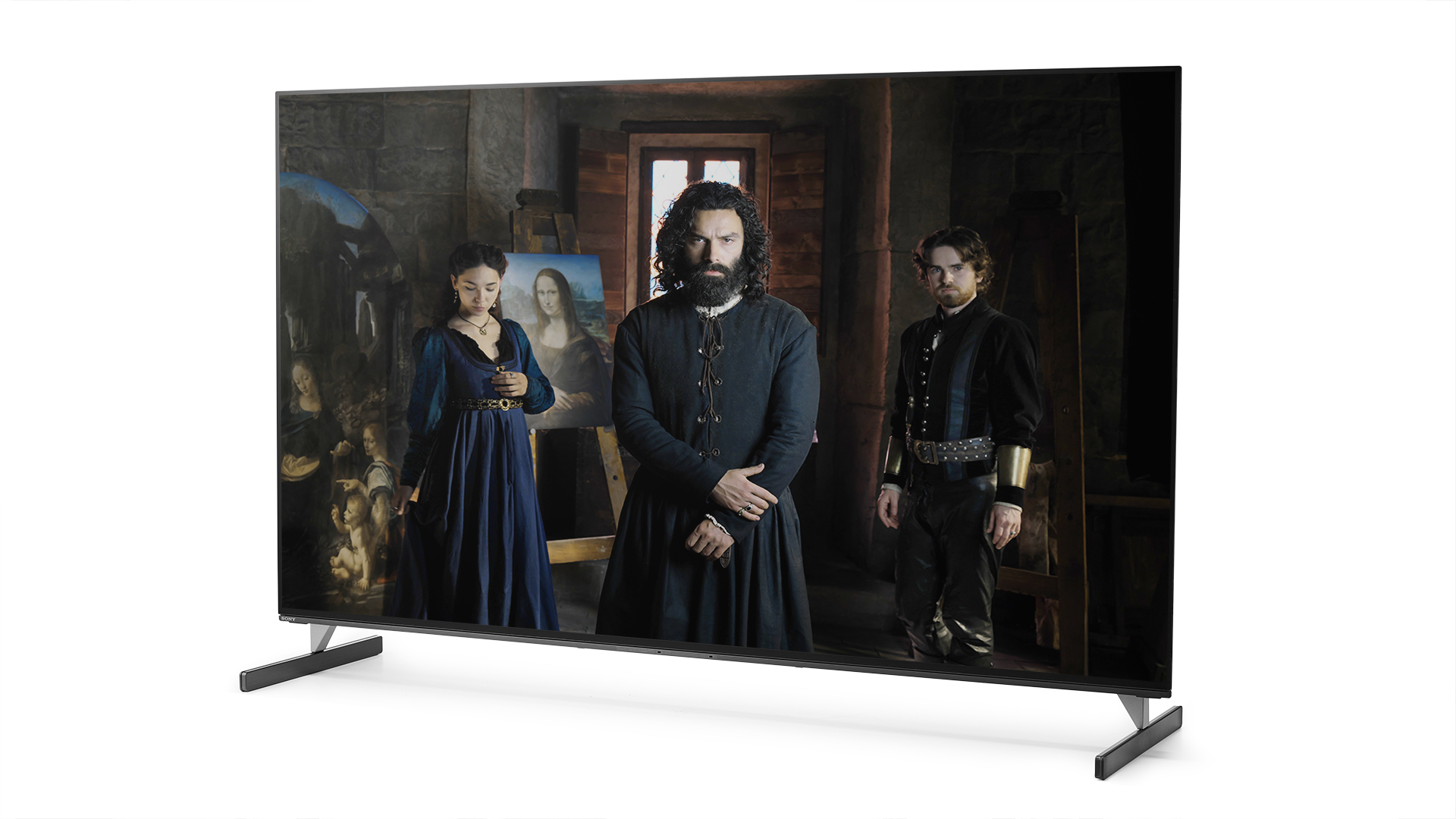
In performance terms, the Sony A90J is an absolute stunner. It takes OLED picture performance to new, thrilling levels while maintaining the authenticity that Sony is justifiably renowned for. It also sounds significantly better than all of the other TVs you might be considering. The new Google TV operating system means the user experience is better than any pre-2021 Sony TV. The exclusive Bravia Core streaming service is a genuine value-added feature, too.
Hardcore gamers might want to take a wait-and-see approach, though, as the set doesn’t yet support VRR (an update has been promised but not dated), and we found the 4K@120Hz support a little buggy. However, if movies and TV shows are your priority and you have a big budget, we haven’t tested a better television than the Sony A90J.
The A90J would be out of reach for many shoppers at full price, so that Black Friday discount could make all the difference. But before handing over your money, though, we’d suggest also considering the A80J (above) as it offers much (but not all) of the A90J’s excellence at a significantly lower price.
We’ve tested the A90J in its 55-inch and 65-inch sizes. It’s also available as an 83-inch model, which we’ve not yet reviewed. You’ll see the latest, lowest prices available for each version below.
Read the full Sony XR-55A90J review
Read the full Sony XR-65A90J review
Should you buy the LG G1?
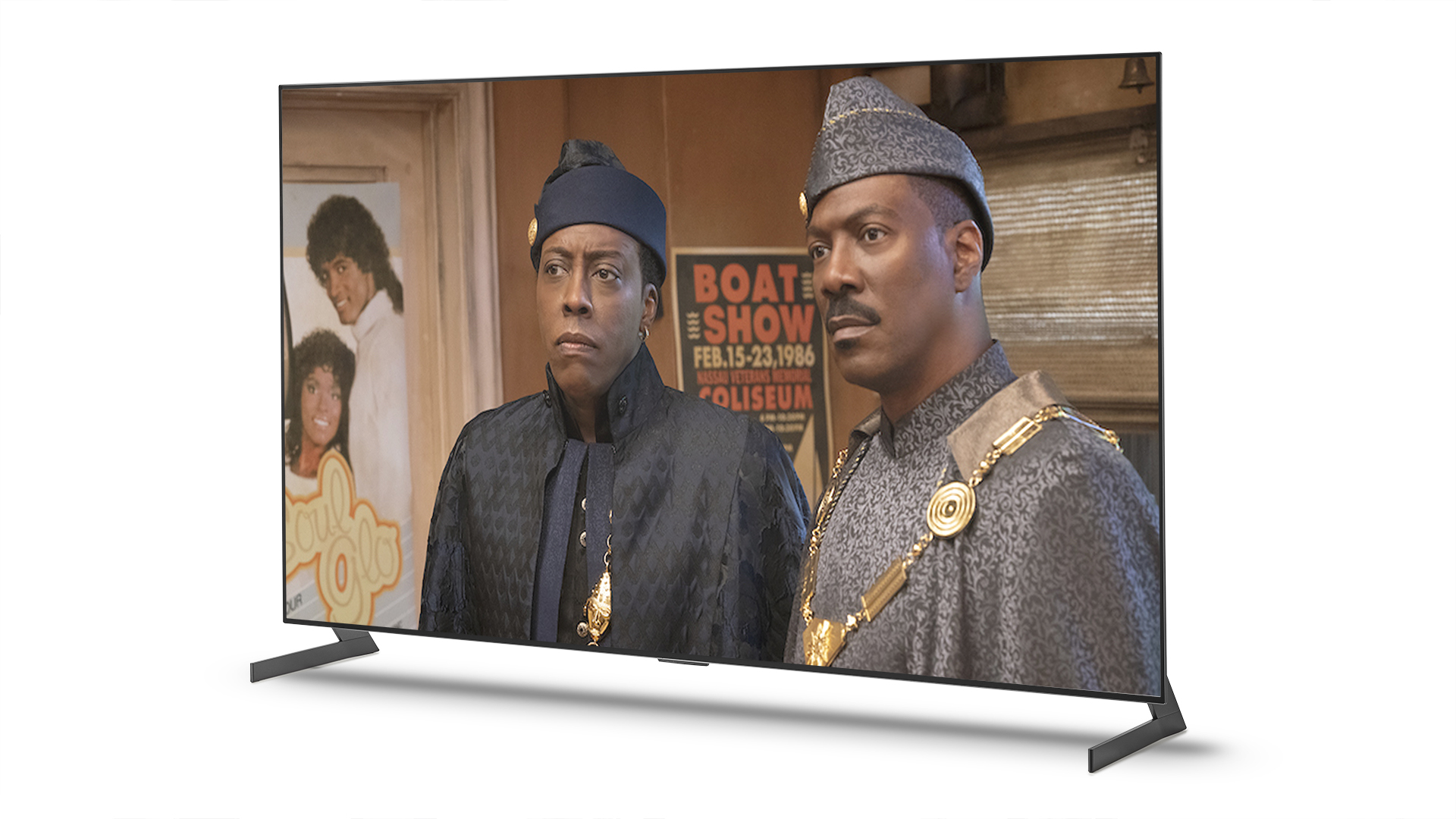
LG's G1 TV series is new for 2021 and is pitched as being the ultimate OLED TV thanks to its new 'OLED Evo' technology, which delivers increased brightness and sharpness. It's pricier than the C1, though, which is almost as good and will be the better buy for many.
The 'G' in G1 stands for 'Gallery', which refers to the picture frame-like design of the TV. It's designed to be wall-mounted, though you can buy pedestal feet separately if you insist. On a wall, it's a neatly minimalist proposition: a perfectly black OLED panel surrounded by a thin black bezel and then an even thinner metal frame.
It's suitably feature-packed too, with all the usual video streaming apps, (in Dolby Vision and Dolby Atmos in many cases), plus Spotify, Tidal, Amazon Music, Deezer and BBC Sounds on audio duties. It's also great for gaming, with four 40gbps HDMI 2.1 sockets that support eARC, 4K@120hz, ALLM (Auto Low Latency Mode) and VRR (Variable Refresh Rate). You can dip into these gaming features in the handy Game Optimiser menu.
While LG's own C1 and the Philips OLED806 and Sony A80J remain better value for money, the G1 is still a great option, particularly if the design appeals.
Read the full LG OLED65G1 review
Should you buy the Hisense A9G?
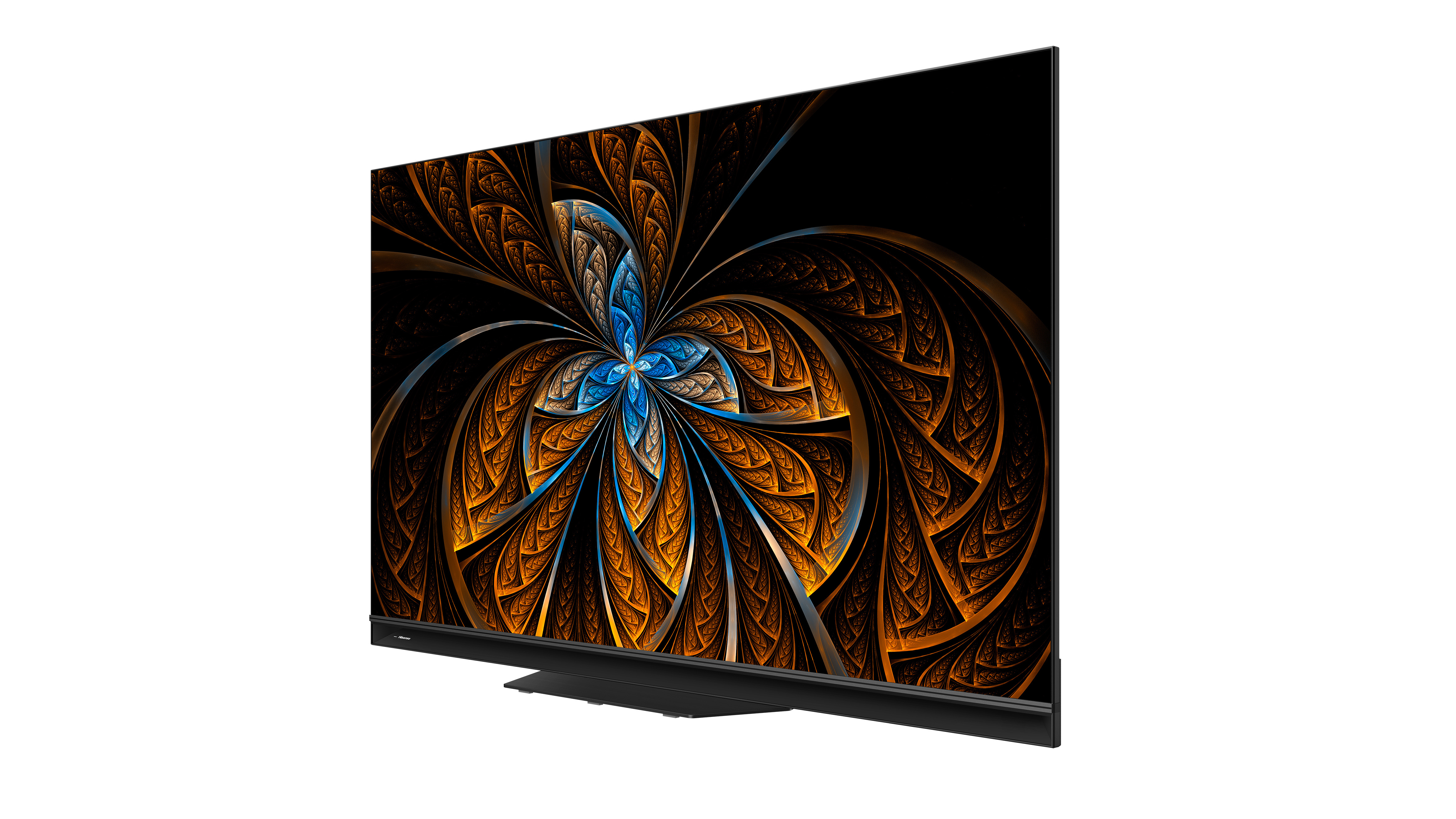
If you’re after a bargain TV, Hisense TVs are likely to appear in your search. Delivering more affordable options than the Big Players (LG, Sony, Samsung, Philips and Panasonic), Hisense TVs certainly look like good value on paper.
Those on a limited budget looking for a 4K TV bargain should consider it – as long as expectations are managed. You probably shouldn’t expect the same picture and usability sophistication of (albeit probably pricier) LG, Sony or Philips TVs. However, you can still get a future-proofed model with plenty of next-gen features.
In our experience, Hisense has scored average to good. In 2019, we reviewed the H55O8BUK OLED TV and gave it four stars and a pat on the back for its simple operating system and app selection, and its sharp, detailed picture. It was only let down slightly by weak motion processing and a comparative lack of detail.
While we can’t comment on the quality of the A9G as we haven’t reviewed it yet, it has an impressive feature set that includes Dolby Vision IQ, HDR10, HDR10+ and HLG. There’s also Dolby Atmos, IMAX Enhanced, and all the usual apps, along with Freeview Play.
Unusually for a modern flat-screen TV, this model has front-firing speakers with a speaker bar built into the bottom of the chassis that supports Dolby Atmos virtual surround sound.
The Hisense A9G is available in 55-inch and 65-inch sizes, and you'll find the latest, lowest prices on each model below.
MORE:
The best OLED TV deals 2021: get an awesome OLED at the lowest price
Not wedded to OLED? Head over to the best TV deals
The magic of Dolby Vision HDR explained
Get the What Hi-Fi? Newsletter
The latest hi-fi, home cinema and tech news, reviews, buying advice and deals, direct to your inbox.
Mary is a staff writer at What Hi-Fi? and has over a decade of experience working as a sound engineer mixing live events, music and theatre. Her mixing credits include productions at The National Theatre and in the West End, as well as original musicals composed by Mark Knopfler, Tori Amos, Guy Chambers, Howard Goodall and Dan Gillespie Sells.
-
Reply
I just have the LG 65C9 OLED TV from Costco for £1799!admin said:We break down the pros and cons of purchasing and help you find the best price.
Should you buy an OLED TV on Black Friday? : Read more -
bigboss Reply
Back to OLED? What happened to the Philips?gel said:I just have the LG 65C9 OLED TV from Costco for £1799! -
Reply
Cancelled that and another one you got mail BB.bigboss said:Back to OLED? What happened to the Philips? -
No I cancelled the LG and then ordered the Philips OLED but then cancelled that too after watching my Philips LED yesterday and just saying wow at the picture and sound quality. No need for an OLED for me Just had some crazy moments!Reply
